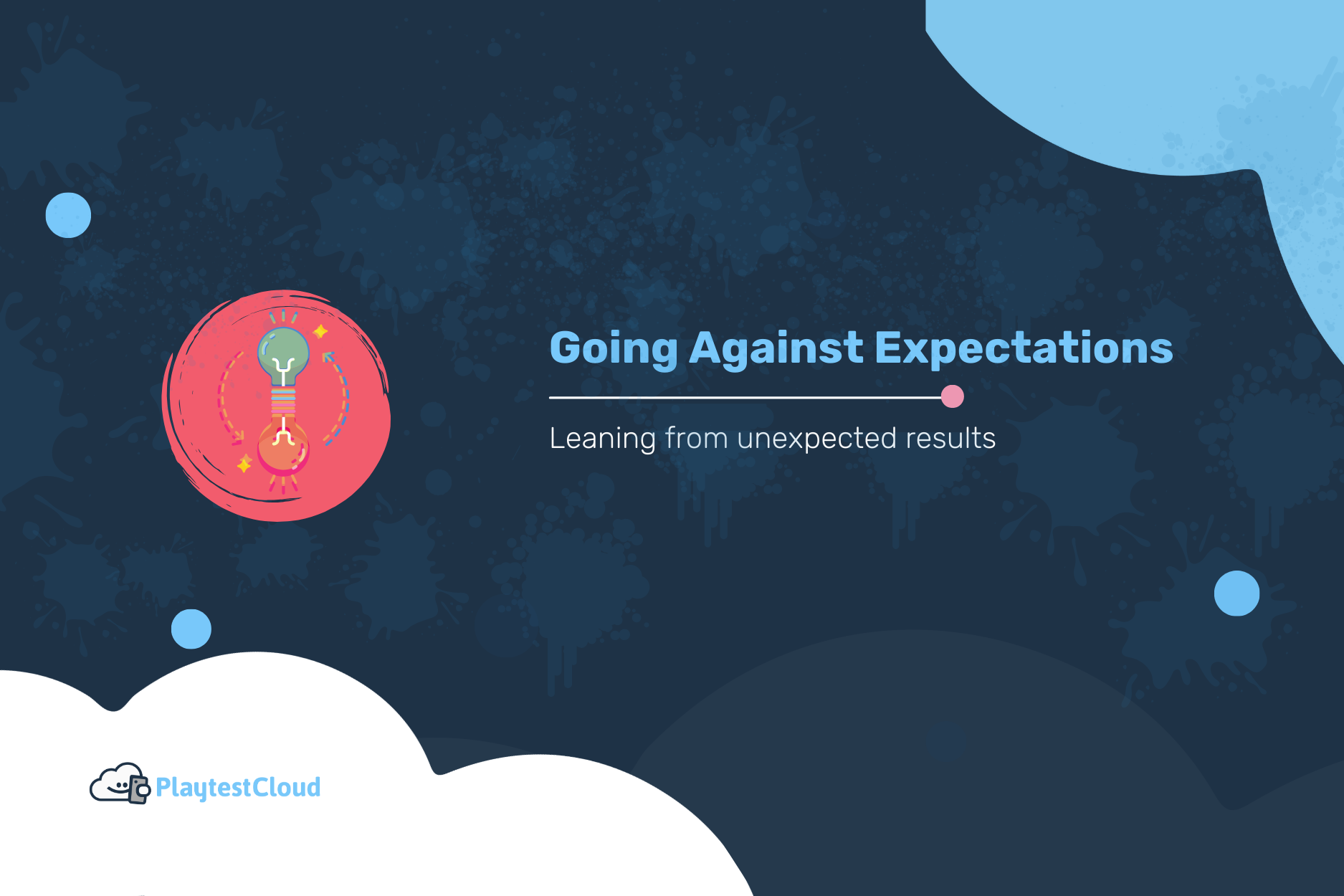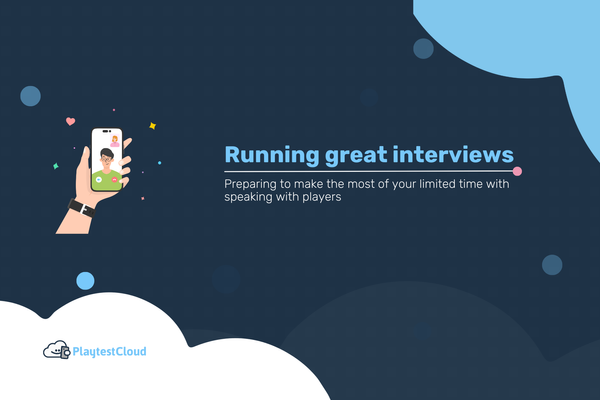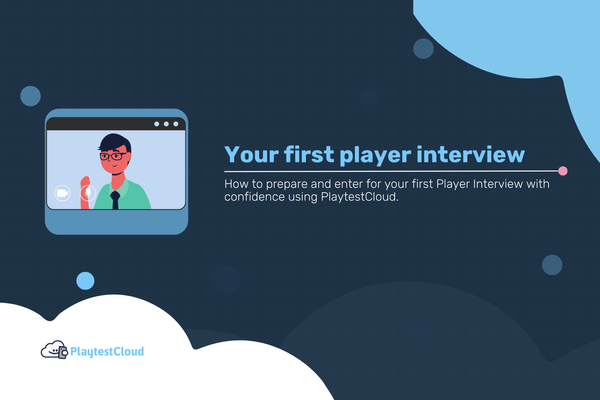PlaytestCloud is a platform that allows you to gather information on how players play your game, what they think of it, and any other information you may want to include within our various playtest types. Sometimes, though, what you get back is not what you were expecting from players, and now you need to make sense of your results against what you thought you would see. This blog post is meant to help you better understand the discovery of how players will actually play your game and what you can do with that information to improve it in the future.
Different playtest types matter: Choosing the one you need
Choosing the right type of playtest on PlaytestCloud is vital to get at the results that you need. Are you looking to get quick feedback on a specific UI element? Great, there’s a test for that. Making sure that your playtest type matches your need is important, because the results you receive will be meaningful and much more tightly tied to what you are looking for. Longitudinal testing, where players test your game over the course of 2 to 10 days would be best if you are looking for overall impressions in regards to game progression, willingness to continue playing, and overall feel for the game. First-time players’ experience can look more at whether the first hour of gameplay, arguably the most important for user retention[1], and can get to the bottom of whether your tutorial or introduction to the game is convincing enough.
“They’re playing it wrong”: Expectations vs. reality
One of the biggest pitfalls that can occur when playtesting a game is not having the critical distance to look at results objectively. With any research, it is important to take a step back and look at the results as a given, work with them, and move forward in a positive trajectory. While it may be simple and easy to say “the playtesters are just playing it wrong”, the real growth and improvement in your game can come from moving away from your own expectations and working with the reality of what real players are saying or doing. Players are playing the game you have given them; they’re playing it the best they can, so take their comments and responses in stride to improve their experience with the game.
Real world results are invaluable: What it means to be in the hands of the player
Knowing how your game will be received by real players before you launch is invaluable. PlaytestCloud puts your game in the hands of players and can give you the insight you need to improve your game. In a more traditional waterfall development setting[2], you are forced to release a product without adequate feedback from real-world users. With playtesting before launch, it enables developers to iterate on the game that is tested, changing and tweaking issues well before launch so the experience is the best it can be on launch day. This iterative process can be done as many times as needed, for example, testing a tutorial, the equipment management screen, as well as players’ sentiments 5 days into playing the game to see if there would be retention.
Everything is a learning opportunity!
No matter what type of test you choose with PlaytestCloud, there is always something to learn about your game and how players engage with it. Even if a player gives feedback you were not expecting, or something that goes against what you think to be true, it’s important to learn from it, as you have gained some insight into how players think about and play your game. The purpose of the think-aloud protocol[3] is to get players real, unfiltered thoughts, so being able to use those thoughts as a way to ground improvements in your game offers a great learning opportunity for your team, and a way to refine your game.
Get these real-world results, ASAP!
Sign up for a PlaytestCloud account and get your game in the hands of players to start getting the results you need to inform improvements in your game. Learn more about what we offer and how we can help you get the most from your playtests.
Cheung, Zimmermann, & Nagappan, 2016; full article ↩︎
In waterfall development, a product is built until it is completed behind closed doors, then released to the public. At this point, the developers will receive feedback from consumers, and work to fix or improve their product after its initial launch. ↩︎
Think-aloud testing is a qualitative research method where players give a verbal, stream-of-consciousness response to what they are playing. ↩︎







